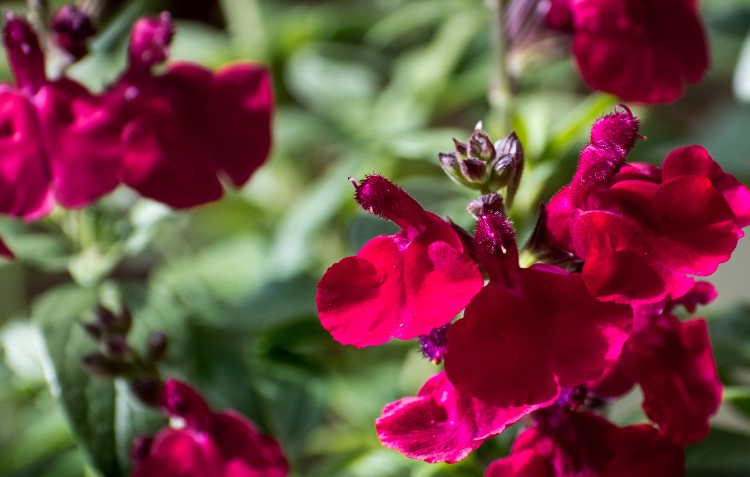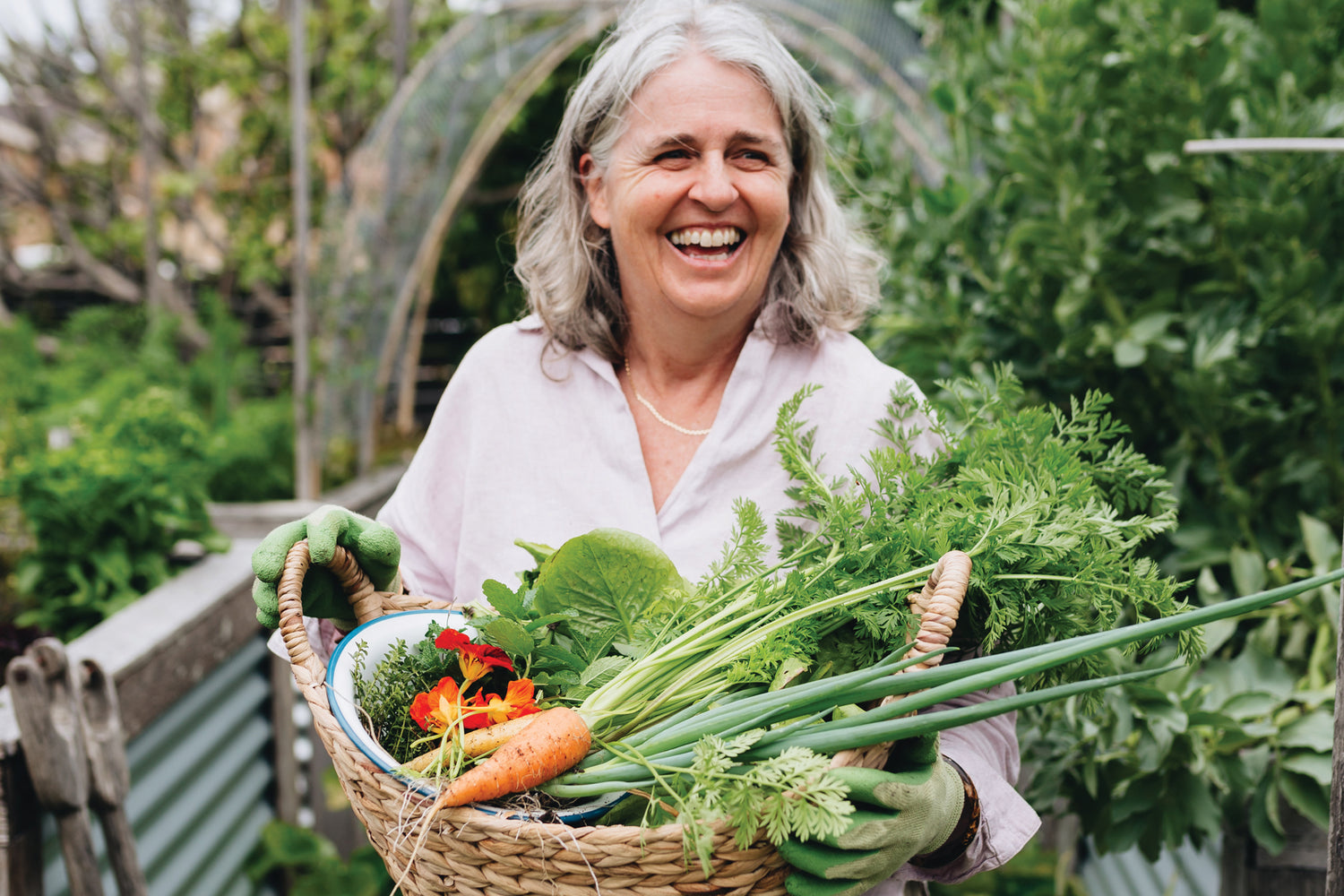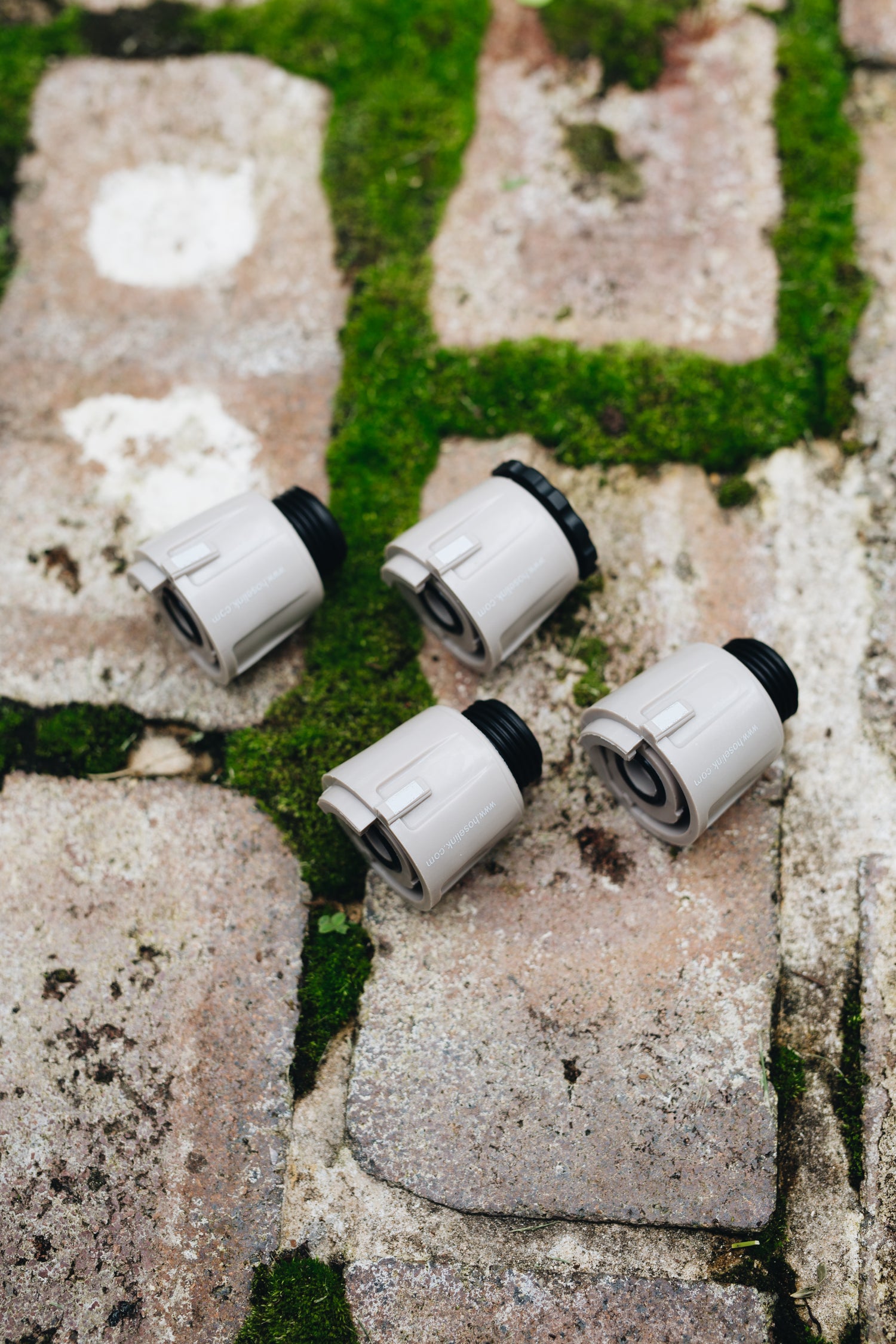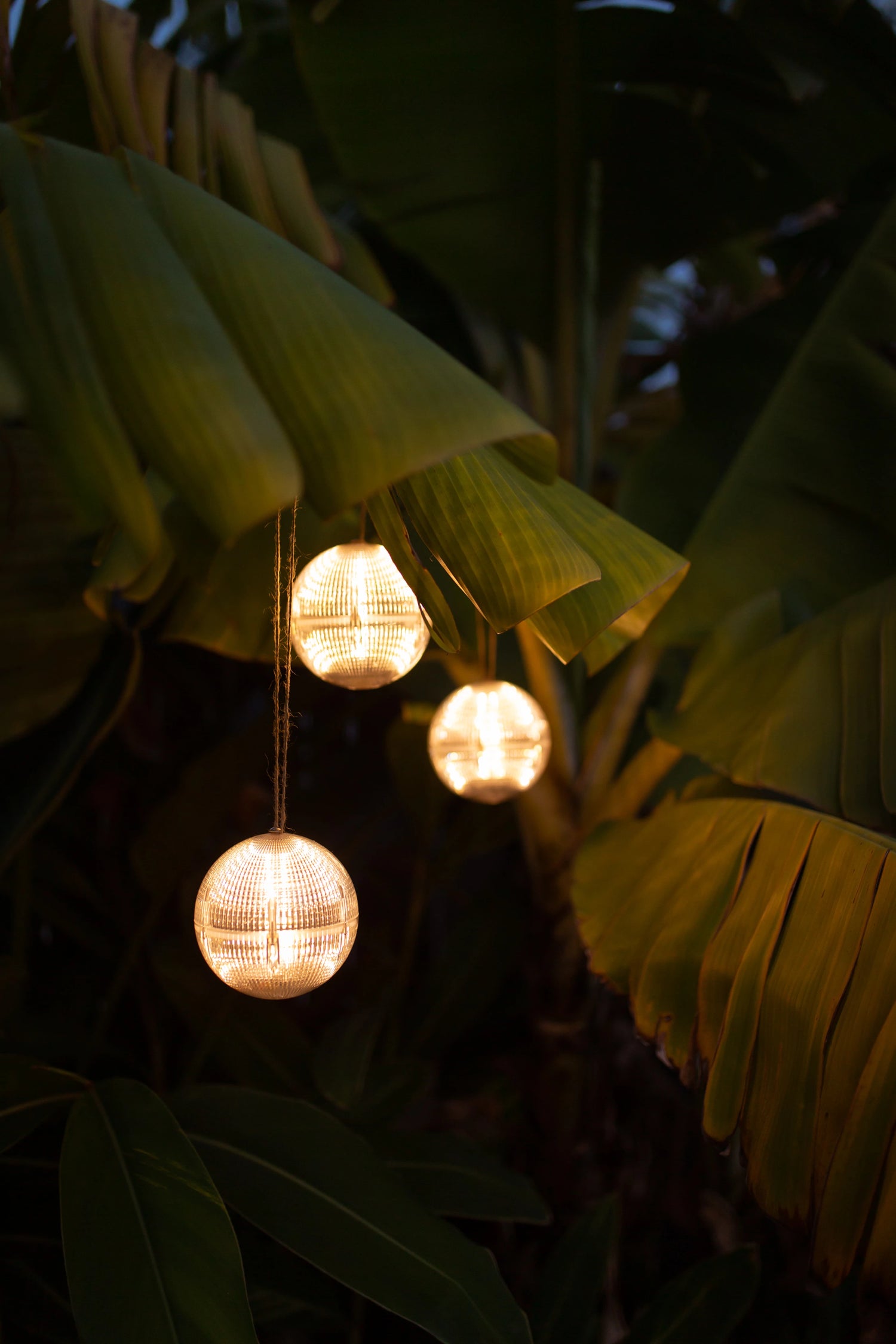October feels like a sigh of relief in the garden. The scorching summer is finally behind us, and we've entered what is the best gardening season of the year. Everything in the garden seems happier, and that includes me!
With the cooler temperatures, my planting options continue to expand. Here in Houston, Texas, zone 9, the average temperature ranges from 60°F to 80°F—what a welcome change! It feels like ages since we’ve had those cooler days.
Let me walk you through what I’m planting this month:
Artichokes
I’m excited to add artichokes to my garden this fall, particularly two varieties: Green Globe and Violetta. Artichokes are perennials, but they can be a little fussy about cold. They don’t handle temperatures below 25°F well, so if you live in an area that experiences frost, mulch your plants with at least 6 inches of coverage for insulation. After they produce buds in April, cut them back to soil level in June. While I grow them primarily for their edible buds, I also let some bloom for the pollinators—it’s a win-win.

Asters
Fall asters are hands down one of my favorite perennials. They’re drought-resistant, easy to grow, and pollinator magnets. In fact, they attract more bees and butterflies than all the other plants in my garden combined! I'm planting Treasure, which produces stunning purple flowers with yellow pollen-rich centers. These can grow to 5 feet tall and 2 feet wide—talk about a showstopper in the garden!
Beets
Now, let’s talk beets. In September, I had less-than-stellar luck with my Detroit Dark Red beet seeds—only five germinated! I’ve decided to switch it up and try Golden Detroit this time. I’ll be planting a row of seeds every two weeks until November. Fingers crossed for better germination rates with the golden variety!
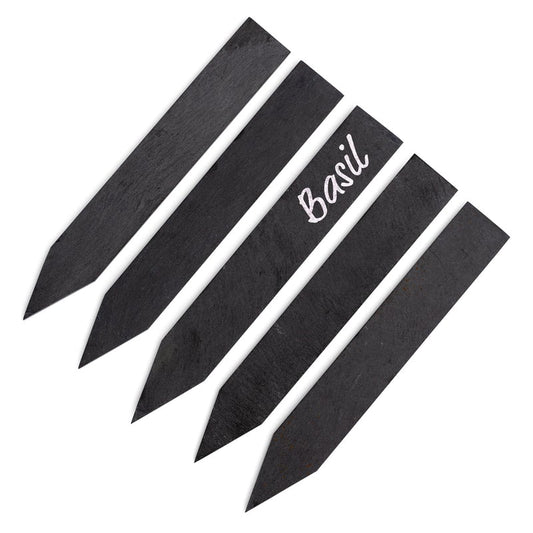
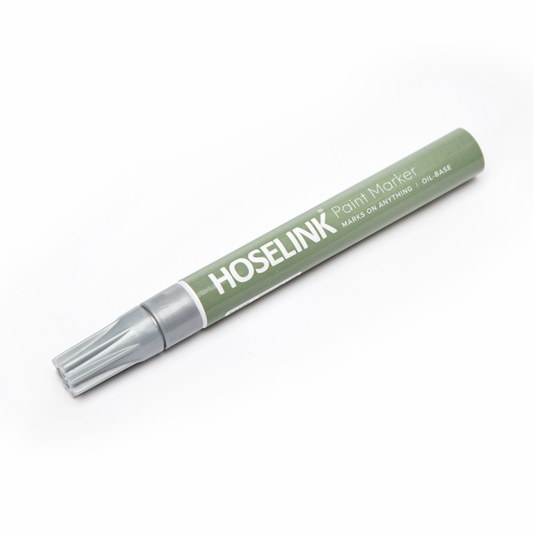
Calendula
I still find it hard to believe that calendula is an herb. This beautiful plant, often called pot marigold, has edible leaves and flowers with medicinal properties. Its history is fascinating—calendula flowers have been used as symbols in religious ceremonies and even as a natural fabric dye. I’m growing Pacific Beauty Blend this year, which produces orange and yellow flowers. Calendula fits right into a medicinal herb garden or a cut flower garden, adding a lovely pop of color.

Leeks
Leeks are one of the few crops I didn’t start from seed this season. I love picking them up from my local nursery because you often get more than one plant in a container. When you separate them, be gentle. If the roots are stubborn, try washing away the soil with your hose to expose the roots. Leeks mature up to 150 days, so they’re best planted when the weather cools down. The wait is long, but it’s worth it.
Rudbeckia
Recently, I converted an old 50-gallon trough into a minor water feature for the beehives in my urban garden. Around it, I’m creating a flower garden full of native perennials, starting with Rudbeckia (Black-Eyed Susan). These stunning flowers grow up to 3 feet tall and are loved by pollinators. Plus, they’re low maintenance—perfect for any garden.
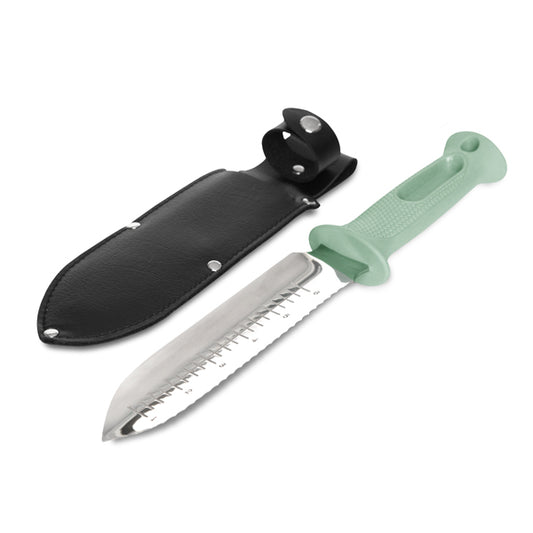
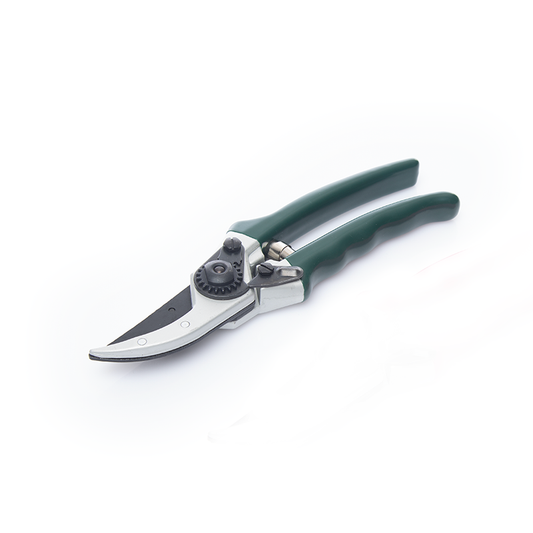
Spinach
Ah, spinach—the ultimate fall and winter green. Here in zone 9, our window for planting and harvesting spinach is short, so I’m making the most of it. This nutrient-packed green thrives in cooler temperatures and is one of my favorite things to harvest in winter.
Perennials
You’ve probably gathered that I’m a massive fan of perennials. Planting once and enjoying the harvest year after year is unbeatable. I believe edible perennials are the most intelligent investment for any garden. They save time, effort, and resources while providing consistent harvests. Some of my favorite edible perennials include:
- Berry bushes
- Asparagus
- Rhubarb
- Horseradish
- Artichokes
- Fennel
- Perennial onions
- Fruit trees
- Herbs
Even better, native perennials are a fantastic addition to any garden. These plants naturally adapt to your region, requiring less water and care. For those of you in Zone 9, here are some native perennials worth considering:
- Purple Coneflower
- Black-Eyed Susan
- Yaupon Holly
- Texas Lantana
- Red Turk’s Cap
- Autumn Sage
- Copper Canyon Daisy

What Else is Going on in the Garden
Aside from planting, we’ve been busy setting up our composting system. As a family of six, the food waste we generate is shocking. Now that we have bins outside, we’re keeping track and turning them into compost. I also recently received a kitchen composting system, and I’m excited to use it this month.
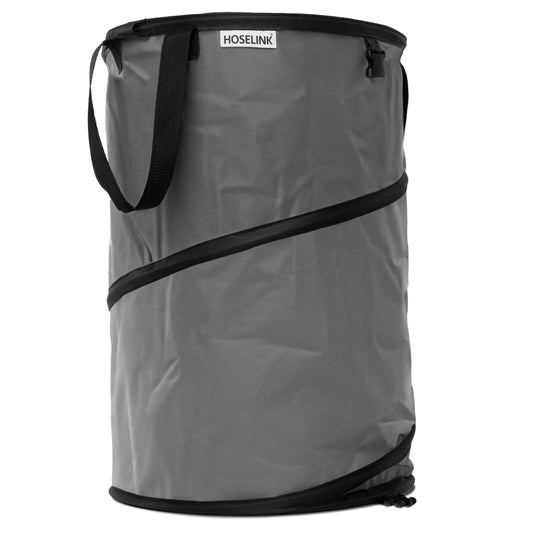

What am I Harvesting?
This month, my fall tomatoes finally started producing! I planted them a bit late this year, in September, but next year, I’ll be sure to plant them in August for a head start. The cucumber vines are also making a comeback.
My backyard garden isn’t as productive in winter as in spring, so garden location is essential. Always plant your garden facing south to ensure maximum sun exposure if possible. This can make a world of difference in the growth and health of your plants.
Final Thoughts
As much as I love sharing what’s happening in my garden, I’d love to see what’s happening in yours! Maybe we should consider doing some live sessions on YouTube or Instagram. Stay tuned! In the meantime, don’t forget to check the seed racks at your local nurseries—fall is prime time for discounted seeds. I know where I’ll be heading this weekend!

